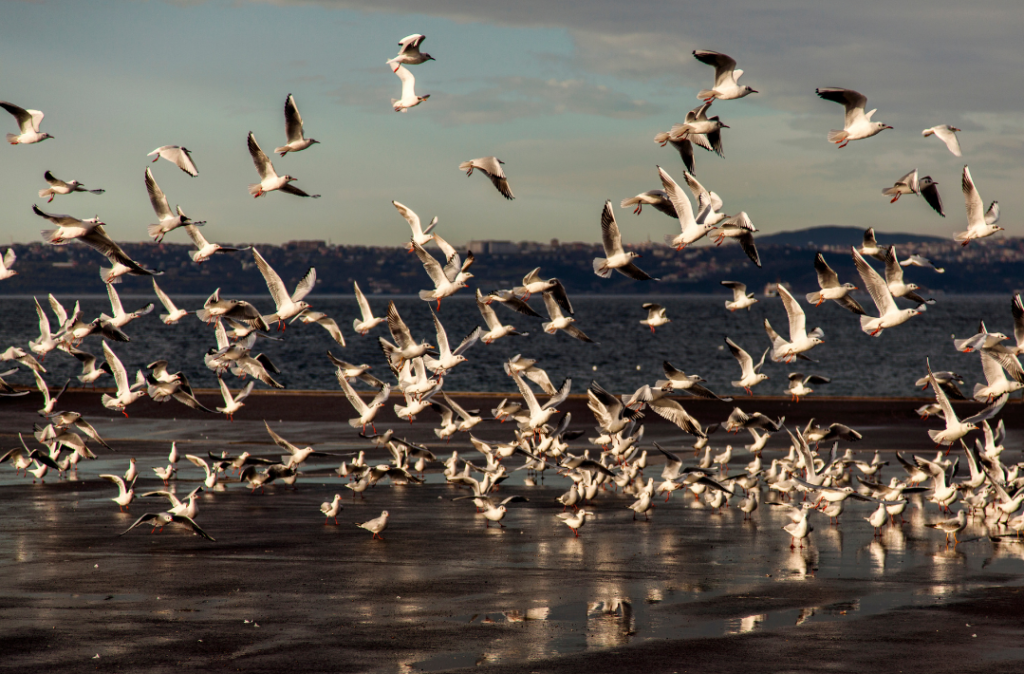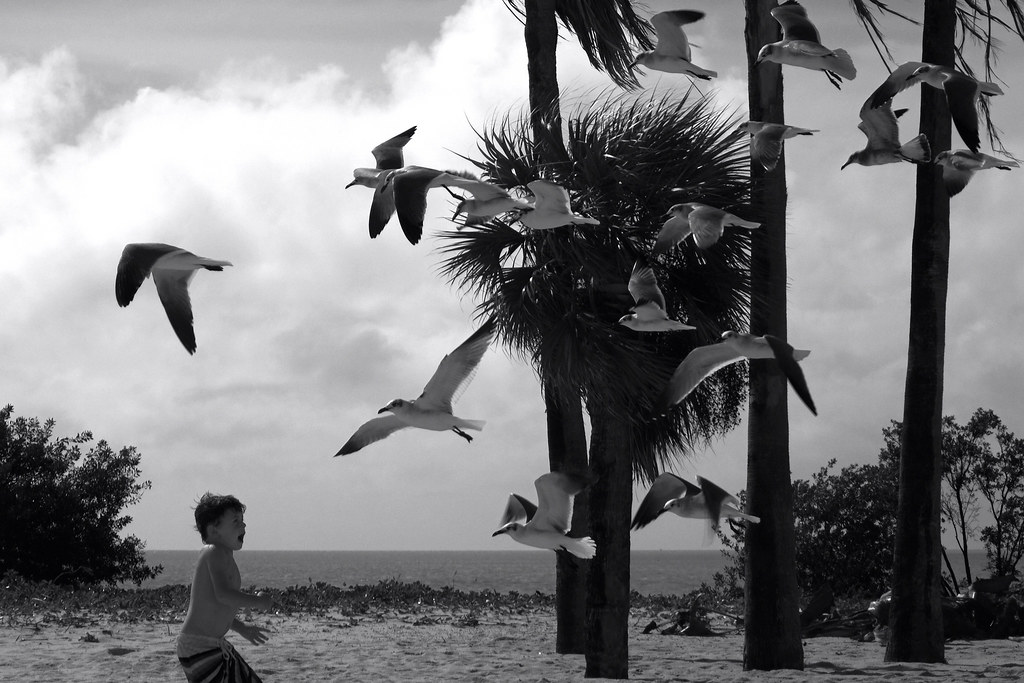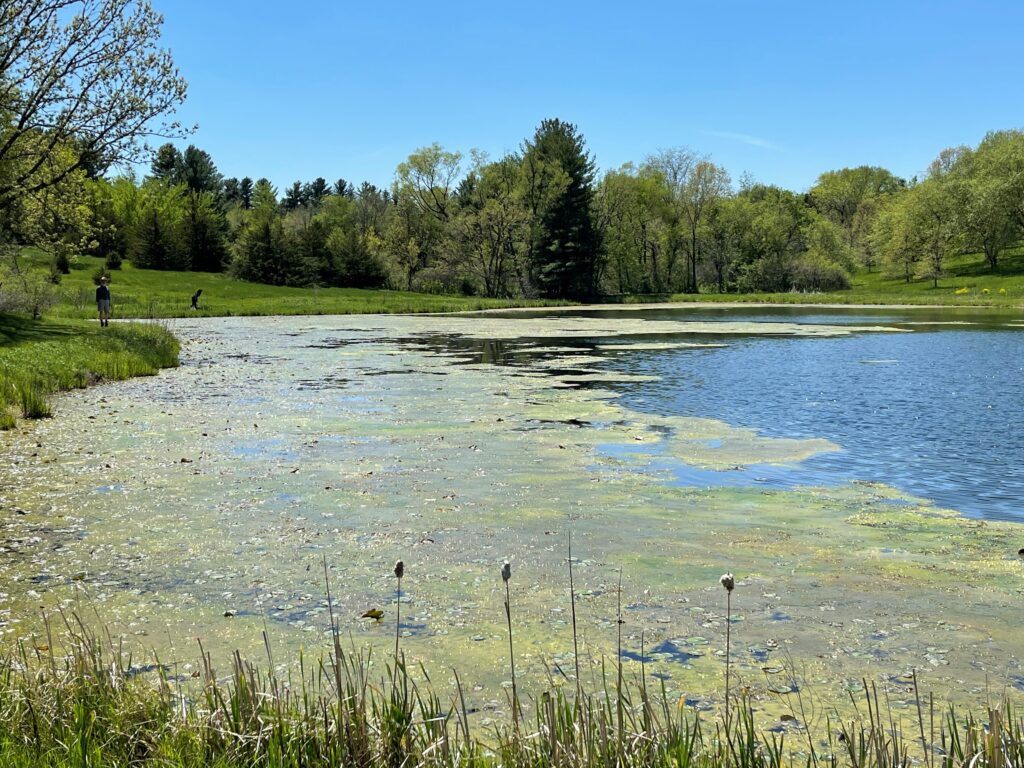The Birds

Sometimes life is stranger than fiction. In the 60s, something infected California seagulls causing them to “attack” people.
In 1952, British author Daphne du Maurier released a macabre story titled, “The Birds.” The tale was about ordinary birds collectively abandoning their traditional role in nature and shifting their focus to killing off humans. And humans were quite unprepared for this assault in spite of their supposedly superior intellect and aggressive weapons.
Book reviewers and English teachers had a field day with this tale. Some saw it as a British hang-up left over from WWII when Nazi rockets and bombs rained down on a mostly helpless population. Others spun it in the direction that “nature bats last” and will eventually come back to bite us because we are part of nature ourselves and not some sort of indestructible overlord.
People on their first wilderness canoe trip are sometimes disturbed by the realization that if they dump their boat in the middle of a cold lake during a storm, they might not get rescued, and nature is indifferent to their plight. “The Birds” was seen as a literary expression of that indifference.
The story would likely have been forgotten in America by now, except for a strange incident in 1961. One night in Santa Cruz, California, some people were startled by thudding on the walls of their homes. Crazed seagulls were careening around and some people who went out in their yards with flashlights thought, or imagined, that the birds were attacking them, and a couple of people did get bit. Morning revealed dead seagulls in yards and no rational explanation for the incident.
Iconic film director Alfred Hitchcock lived in a town not far away. Legend has it that he had already read du Maurier’s story, “The Birds,” and the Santa Cruz incident was, to him, practically an invitation to create a creepy movie around her theme. You may have seen the classic movie by the same name.
Today, Hitchcock’s dramatization is remembered by almost everyone who saw it, even a half-century ago, while the seagull incident has been mostly forgotten, except for a few scientists who study environmental toxicity. The consensus is that the Santa Cruz incident was created by some species of toxic algae or bacteria along the coast which poisoned small fish that washed up on the beach and poisoned the seagulls who ate them. One of these toxins is domoic acid which functions as a nerve toxin. When it is administered to mammals or birds, it can produce erratic and unpredictable behavior before killing them. In 1988, a blue-green algae bloom found in Brazil killed at least 80 people and made several thousand sick or crazy.
There are many species of blue-green algae, most of which thrive in warm, over-fertilized water, which includes most ponds and lakes in Iowa during the summer. Many of these algae defend themselves by producing toxins, which are released into the water after they die and decay. This year, with the price of corn rising dramatically and increasing the number of over-fertilized erodible acres, expect more water supplies to have a contamination problem. Weather also plays a role in the Iowa algae cycle. A hot summer favors their growth, and intense rainfall erodes more nutrients/pollutants from watersheds into ponds.




